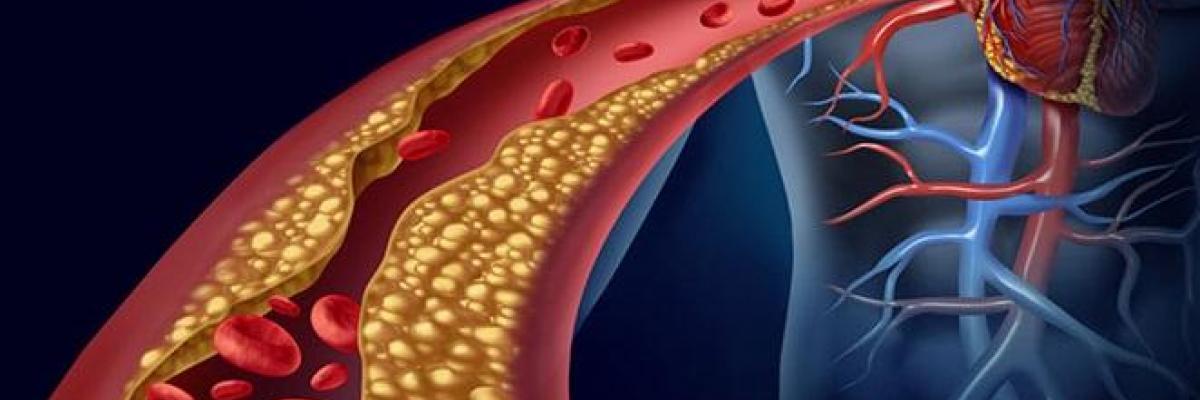Cholesterol concentrations have been falling in the West and rising in Asia

A population-based study has found that between 1980 and 2018 adult mean cholesterol concentrations in 200 countries fell sharply in high income nations and rose in low- and middle-income nations.
This large study recorded for the first time global changes in the two fractions of total cholesterol with opposite clinical significance: HDL and non-HDL cholesterol. Raised plasma non-HDL cholesterol (‘bad cholesterol’) is a major risk factor for cardiovascular disease including heart attack and stroke. Non-HDL cholesterol should be less than 4.0 mmol/L and ideally around 2.0 mmol/L. The object of the study was to help assess national performance in reducing cardiovascular risk.
The work was led from Imperial College, London and involved hundreds of international researchers. It pooled data from 1,127 population-based studies of 102.6 million men and women aged 18 and above. Results were reported in a detailed and beautifully illustrated open-access paper published online in Nature on 3 June 2020.
The falls in mean age-adjusted plasma non-HDL cholesterol concentrations were particularly marked in North-western Europe, North America and Australasia. At the extreme, the falls were about 0.45 mmol/L every ten years in Belgian and Icelandic adults. The largest increases were found in East and Southeast Asia. In these countries, mean age-adjusted non-HDL cholesterol increased by as much as 0.23 mmol/L every ten years. China had the greatest rate of increase. High-income countries benefitted not only from decreasing non-HDL cholesterol concentrations but also from having higher mean HDL cholesterol (‘good cholesterol’) concentrations than low- and middle-income countries.
The authors attribute the fall in non-HDL cholesterol in western countries from 1980 to changes in diet, especially the replacement of saturated with unsaturated fat in processed foods and a reduction in trans fats from hydrogenated vegetable oils. It was supplemented by the increased use of statins (drugs that reduce cholesterol) from the late 1990s. The increase in non-HDL cholesterol in eastern countries was also accompanied by dietary changes: substantially increased consumption of animal-sourced foods, refined carbohydrates and saturated fat (palm oil). Statin use remains low. In 2017 one half of all deaths in East, Southeast and South Asia were attributable to high non-HDL cholesterol compared with one quarter in 1980.
Lead author Professor Majid Ezzati of the School of Public Health, Imperial College, London said: “For the first time, the highest levels of non-HDL cholesterol are outside of the Western world. This suggests we now need to set into place throughout the world pricing and regulatory policies that shift diets from saturated to non-saturated fats, and to prepare health systems to treat those in need with effective medicines. This will help save millions of deaths from high non-HDL cholesterol in these regions”.
The research was funded by the Wellcome Trust and the British Heart Foundation.
(You may be interested in NHS advice on ways to lower cholesterol.)

